The Lord of the Rings feels like sacred cinematic ground these days. After the Hobbit trilogy largely failed to recapture the magic that the original three films had back in the early 2000s, this “franchise”, if you will, undertook a suitable silver screen hiatus. Since 2014, save for a few video games and the recent Amazon series, we’ve gone without any dose of that world in theaters… until now. A whole decade later, Tolkien’s world returns to cinemas in the form of The Lord of the Rings: The War of the Rohirrim – an animated tale based on the author’s appendices.
This bit of lore specifically tells the story behind the infamous Helm’s Deep (where Gandalf saved the day in The Two Towers,) and explains how the locale got its name. The film acts as a prequel of sorts, flashing back to 200 years before the events of An Unexpected Journey and outlining a climactic clash between Helm Hammerhand, King of Rohan, and a ruthless Dunlending leader.
Hammerhand, voiced magnificently by Brian Cox, may seem like the point-blank purpose of it all, but that honor actually lies in his daughter, Héra. Voiced by Gaia Wise, she must take the reins of the last of Rohan’s people in the midst of her father’s grief. With their backs pinned to the wall in what would become known as Helm’s Deep, Héra goes to all lengths to ensure the survival of those who remain in their village, even at her own detriment.
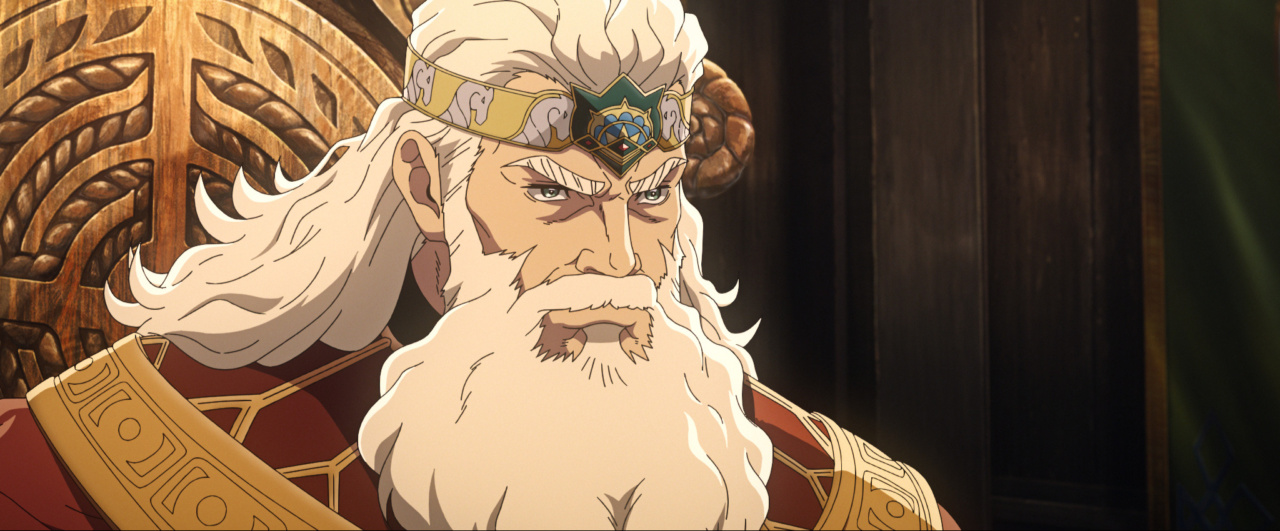
On the page wherein this story originates, Helm’s daughter was unnamed; that, and much of this film, are original in creation. Adding to the Tolkien mythology is a generally dangerous strategy, especially considering how ruthless the fans can be at times, but The War of the Rohirrim does so tactfully. In addition to Héra being a strong main character that acts and feels like a real human, the story that was built and fleshed out to surround what little Tolkien wrote feels very much in line with the nature of his brilliant world.
The only real discrepancy is a small one, and well beyond any of the main players. In that, many of the side characters, or lesser contributors, feel like caricatures here. The film already had a lot to do in fully realizing this world and working to tether all these new characters to the audience, so the mishap is understandable, but it remains nonetheless. This is a rare example of a one-time spinoff that not only remains relevant to the parent story from which it comes but that also finds a way to necessitate itself within that wider universe. In that way, it feels similar to Rogue One: a prequel that connects itself to the main franchise without explicitly stealing from it. What is taken is borrowed, and borrowed properly.
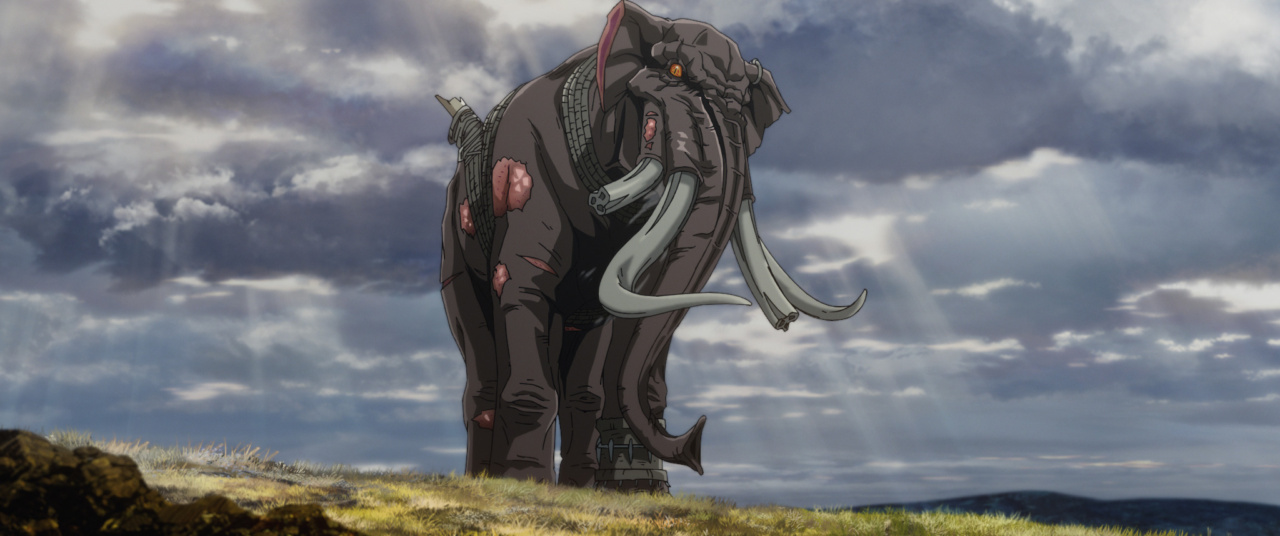
To that point, the expected fan service in this one is handled well too. Stories intersect and familiar names are referenced occasionally, and you’ll know exactly what the filmmakers are doing, yet it always makes sense. At times, even, it is quite impactful. And the story lends itself to that phenomenally. What starts as a simple feud between men over the king’s daughter becomes a generational tale of revenge, pain, and one-sided love. Helm and his people are forced to flee their homes after being betrayed in battle, all borne from that aforementioned, deceptively basic conflict, hence their arrival at Helm’s Deep and the standoff that therefore ensues.
You’ll meet good people, bad people, grey-area people, and some things that aren’t people at all. Legends are spawned in mere moments and sweep across the land like a great gust of supernatural wind. The echoes of events that wouldn’t happen in that world for hundreds of years have traveled back through time and are present within it here, impacting happenings in the same way that they have in every project before this one.
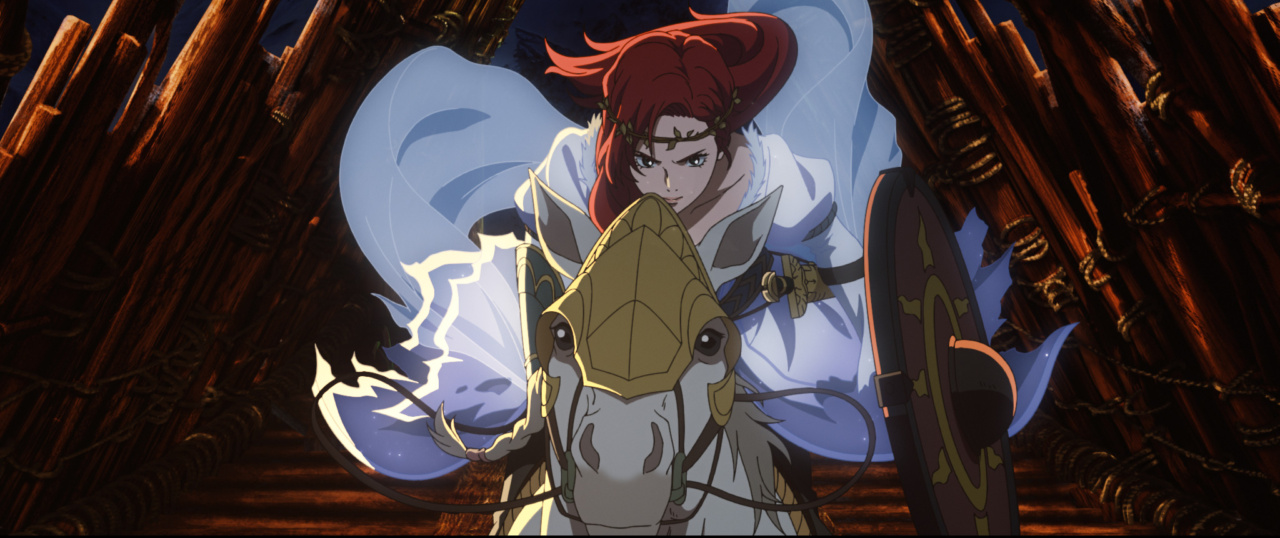
There’s just a real reverence for Tolkien’s world at the heart of this thing, and like all the best stories in Middle-earth, it is driven by it. The scale and tone of his world are suited by the film’s anime-adjacent style as well. The detailed landscapes and ancient towering structures feel like they’ve been brought to life directly from the page on which they were conceived. Action sequences paint the screen with brutal colors and highly exaggerated movements; these visuals allow for so much breathing room in brawls and battles in comparison to live-action. This manner specifically is perfectly suited to this tale, and it truly couldn’t look any better.
There’s just a lot to like with this one, if you aren’t so caught up in gatekeeping a story that doesn’t belong to you. The War of the Rohirrim isn’t as good as Peter Jackson’s trilogy of films, but it is the best tale told in that world since The Return of the King in 2003.
Fans should do themselves a favor and catch this one in theaters. These sorts of stories are good for Lord of the Rings as a whole. Allowing this franchise to shine as it should, high above just about every other conceivable offering on the cinematic landscape, means supporting it when it does. This is a mandatory watch on a big screen with a bucket of popcorn… and perhaps a shield and a sword, too.
The Lord of the Rings: The War of the Rohirrim is currently playing in theaters courtesy of Warner Bros.
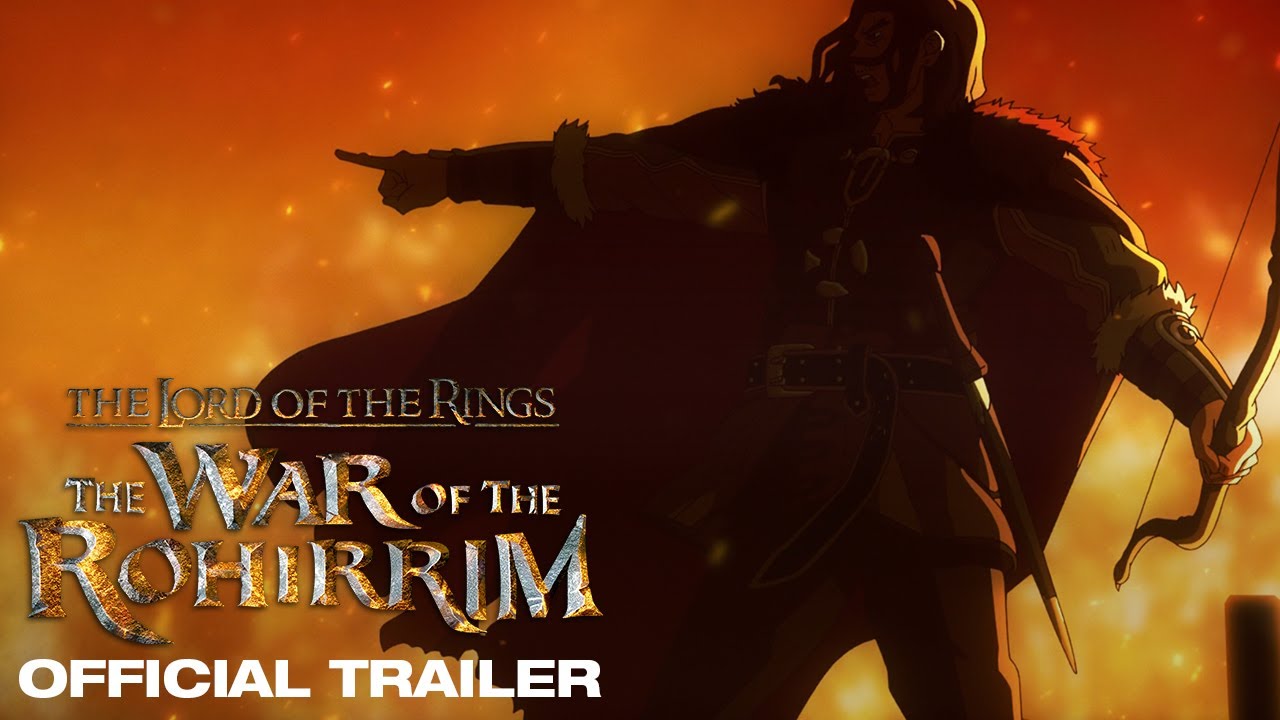
Fans should do themselves a favor and catch this one in theaters. These sorts of stories are good for Lord of the Rings as a whole. Allowing this franchise to shine as it should, high above just about every other conceivable offering on the cinematic landscape, means supporting it when it does. This is a mandatory watch on a big screen with a bucket of popcorn… and perhaps a shield and a sword, too.
-
GVN Rating 8
-
User Ratings (0 Votes)
0


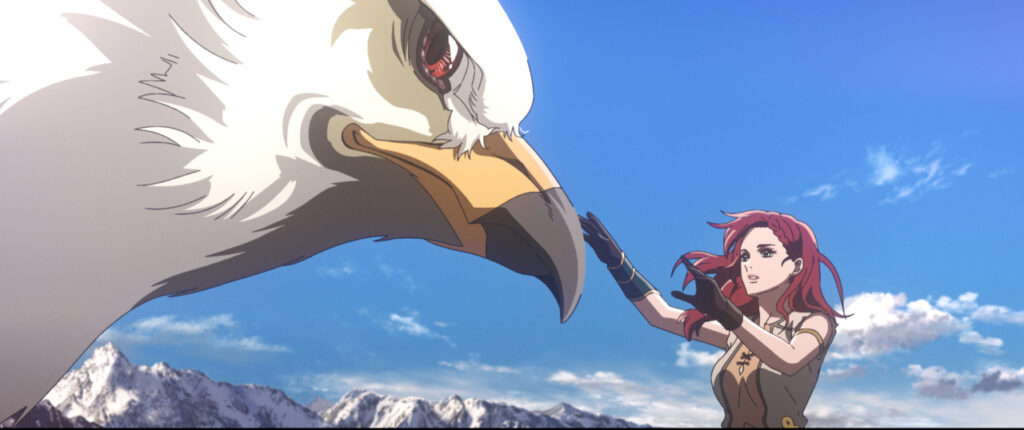

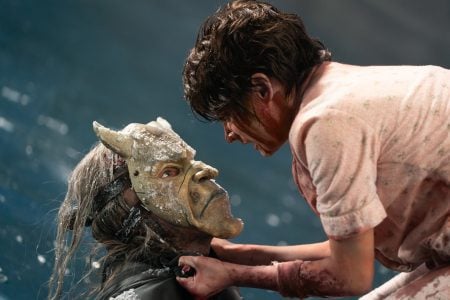
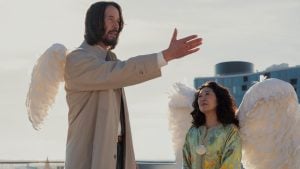

![‘Frankenstein’ Review – Guillermo del Toro’s Definitive Look At The Nature And Nurture Of Monstrosity [TIFF 2025] ‘Frankenstein’ Review – Guillermo del Toro’s Definitive Look At The Nature And Nurture Of Monstrosity [TIFF 2025]](https://cdn.geekvibesnation.com/wp-media-folder-geek-vibes-nation/wp-content/uploads/2025/10/Frankenstein-175_PF_20240430_20377_R-300x200.jpg)